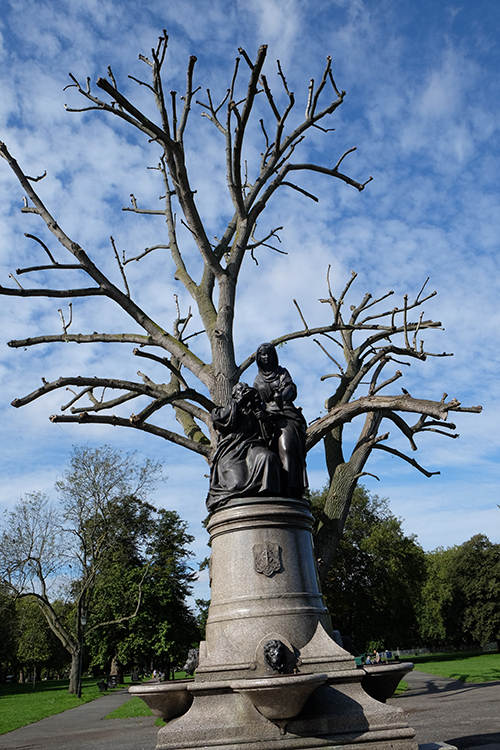Regular visitors to the Common will notice that some of the large and older poplars are sometimes pruned by professional arborists leaving the trees looking a little bare and exposed. The most clear recent example is the large black poplar – nicknamed Captain Cook’s Tree – overlooking the Temperance Fountain.
The pruning – called pollarding – is a process by which the upper branches of a tree are removed, promoting a dense head of foliage and branches. It has been common in Europe since medieval times and is now most widely used in urban areas worldwide.
Captain Cook’s Tree is a pollarded mature black poplar and it needs to be pruned every three years to maintain its condition. If it was allowed to grow unchecked it would become top-heavy, with big ‘lollipops’ of dense foliage and, because poplars have a brittle timber, it can split or collapse under its own weight, creating a health and safety risk in such a public area.

The UK’s Arboricultural Association (www.trees.org.uk) has clear guidelines on pollarding and these are followed by the tree surgeons of the firm of contractors used by the London Borough of Lambeth.
It is important that a tree continues its cycle of pruning and cutting. The weight and angle of the new branches can lead to renewed weakness, particularly where many branches are crowded together. Once a tree is in a pollarding regime it’s locked in for the rest of its life.
Today this is one of the reasons pollarding new or maturing trees is less common – many arborists prefer to let trees grow a natural canopy and carry the weight of the foliage over many branches.

